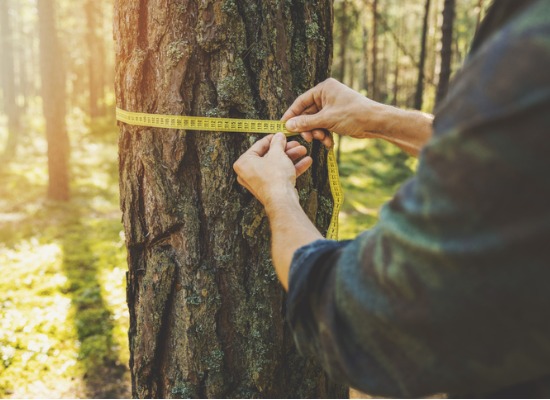TREE EDUCATION

Have you looked at a tree on your property and wondered, “what are the chances this tree will fall down?” If so, you’re not alone. Homeowners and business owners alike express concern to us regarding the safety of a tree near their building. What goes (grows) up must come down eventually, and that goes for trees, too. Oftentimes, trees live long lives, and sometimes, the signs a tree is ready to fall are not clear, nor is the potential damage the tree can cause if it falls. Fortunately, our master arborists have a Tree Risk Assessment Qualification to precisely calculate the chance a tree will fail and the degree of damage it could cause. Here, SkyFrog Tree Service discusses four reasons to use an arborist with a Tree Risk Assessment Qualification. Contact us today to schedule a tree assessment and to learn more about our tree services!
To receive a Tree Risk Assessment Qualification (TRAQ), certified arborists must take a comprehensive multi-day course and conduct a live tree examination. During the course, arborists learn the best methods for determining and calculating tree risk. A TRAQ provides our arborists with a standardized process and form for assessing trees and their nearby environment for risk. Our arborists quantify dozens of different factors, such as tree species, the weight of the tree, the tree’s lean, the tree structure, the influence of decomposers, wind forces, and soil conditions, in a holistic manner, and communicate this information to clients.
While all certified arborists can assess tree risk, apply treatments, and communicate potential issues with their clients, a TRAQ helps ensure arborists can complete all three at the highest possible level of competency and perfection. Using an arborist with a TRAQ can help save you stress and money while ensuring your trees and property's health and longevity.
Unqualified arborists can often make a generalized prediction about a risky tree, but TRAQ-certified arborists are able to say whether the threat is minimal or severe with greater confidence. If they tell you the risk of tree failure is very low, you can feel more confident in their assessment. The standardization of this process prevents arborists from making mistakes in the assessment and treatment of your trees.
With a TRAQ, your arborist can offer a treatment, such as targeted pruning or fungicidal treatment, designed to reduce fall risk without completely felling the tree. This saves you money and heartache from a needlessly felled tree. Removing a few branches where necessary for air resistance can be the difference between a tree toppling in a storm and staying upright.
When tree specialists have to fall a tree, they can confidently do so without the time-consuming and dangerous process of climbing, which may also save you money. Even if climbing is required, they can do so more quickly and safely by being sure of the tree’s risk profile.
A TRAQ provides arborists with the tools to communicate risk with home and business owners in ways that are clear and concise to all. They provide confidence in their treatment rather than sowing doubt with jargon or an unclear description of the issue. Additionally, a standardized process means that one TRAW arborist can perform an assessment, and years later, a different TRAQ arborist can review this assessment and understand the information instantly.